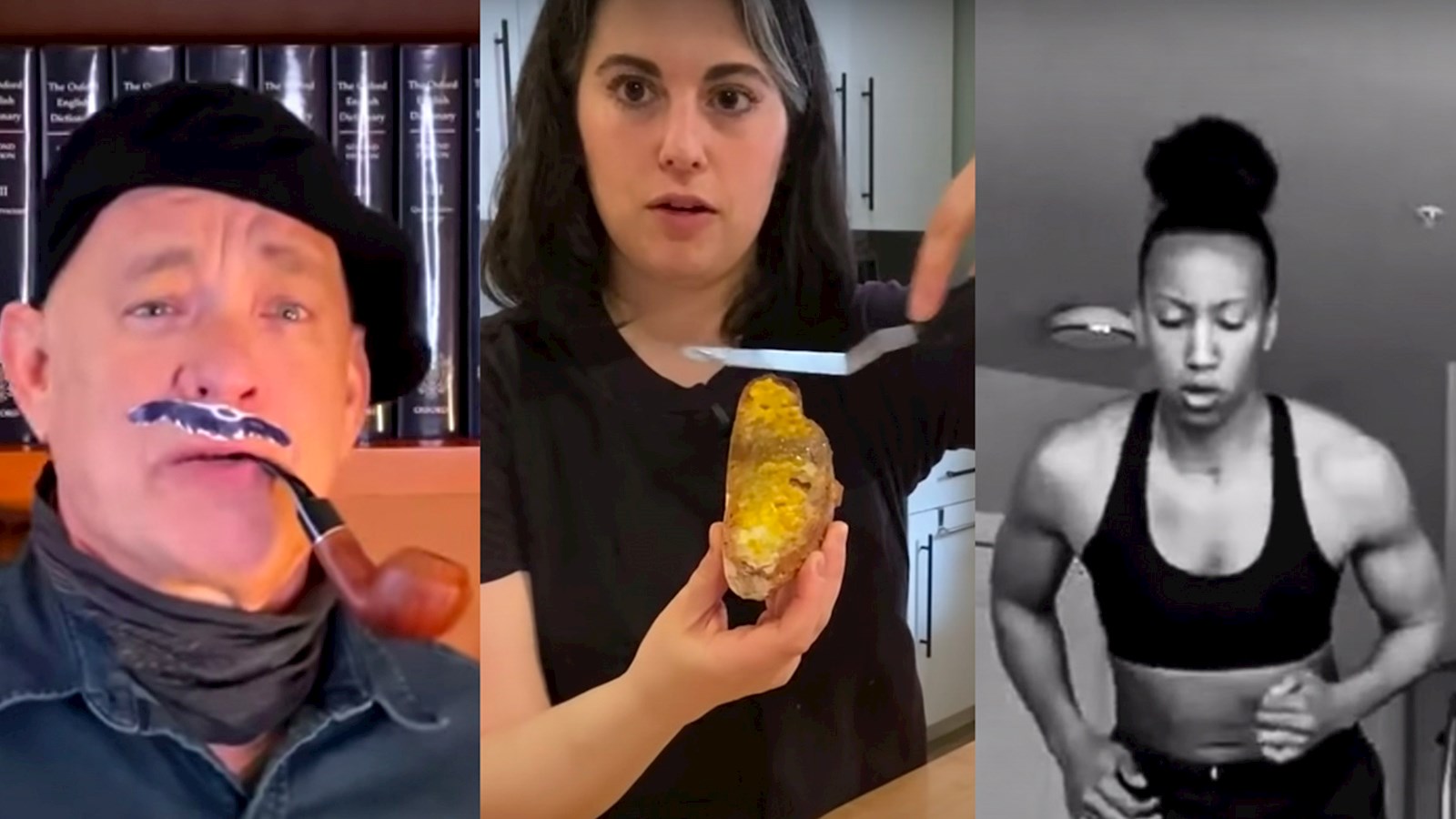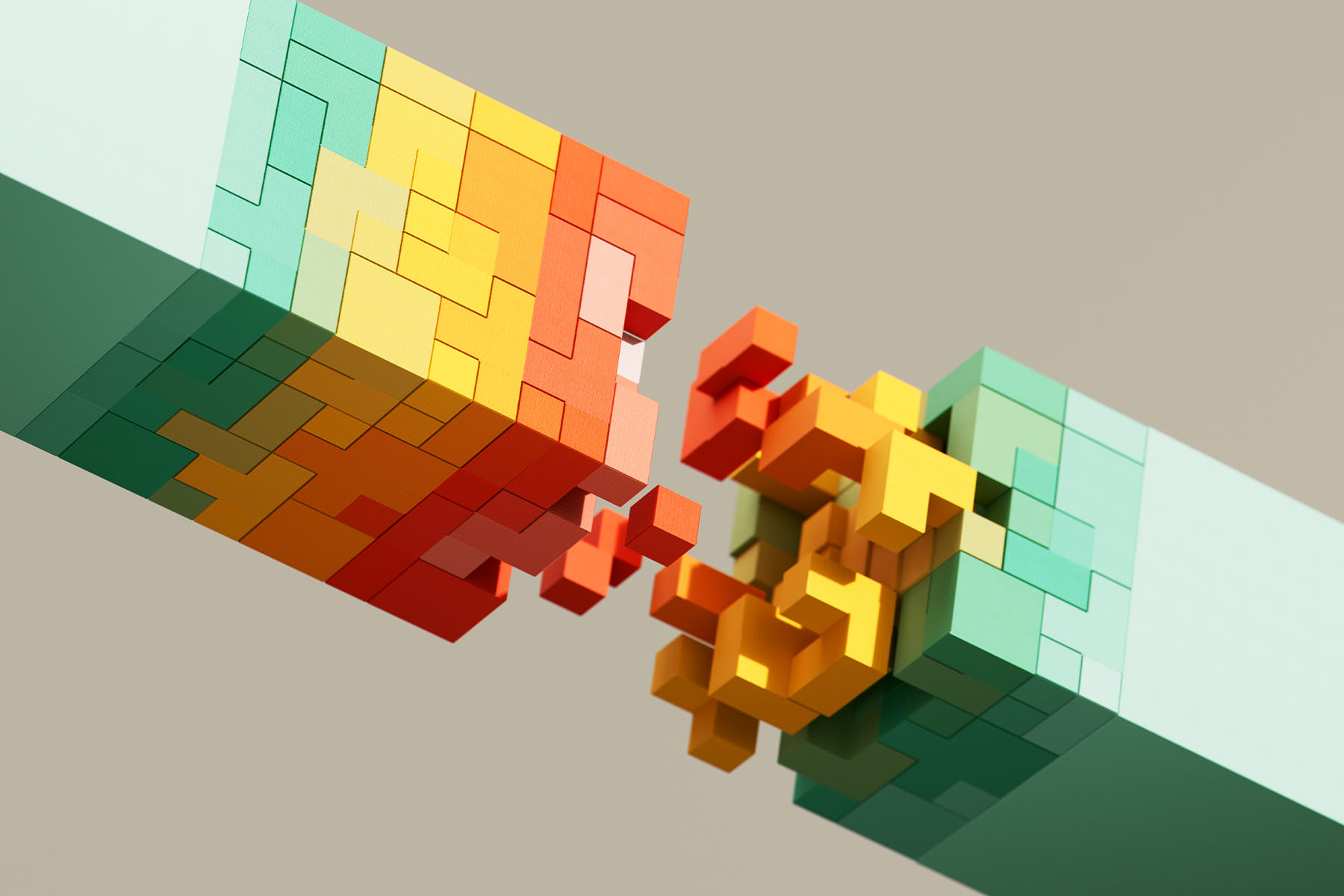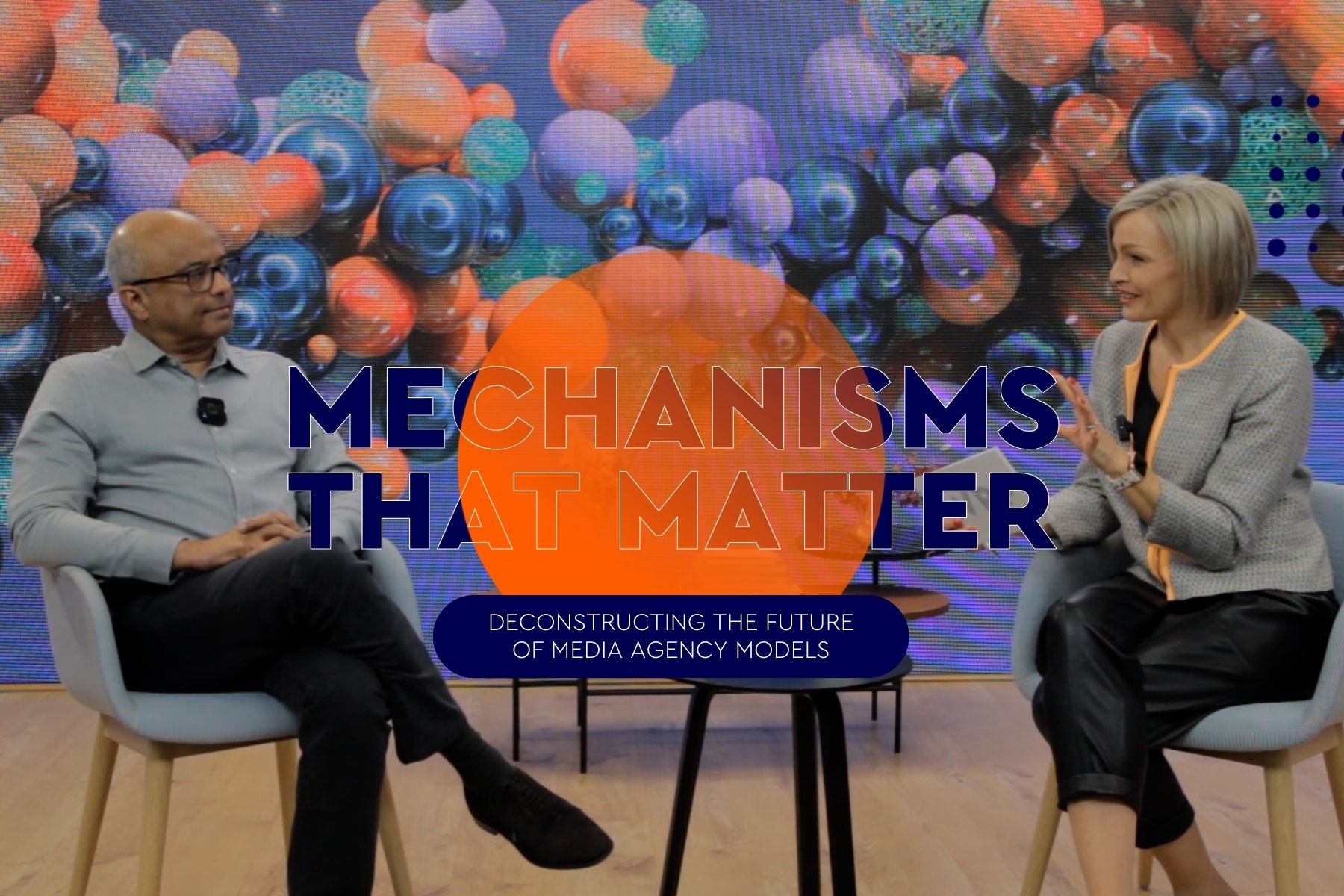
Distancing – the impact on video
Transitioning to lo-fi video production across industries
We’re seeing it in television, OTT programming and advertising: cell phones and webcams replacing professional equipment, personal spaces standing in for studios, and entertainers becoming their own production assistants. Polished video is on hiatus, and in its place is a rugged and hopefully authentic pastiche. While the changes in mass media are dramatic, they are not so unfamiliar to content marketers – and they say a lot about why good content transcends the smoke and mirrors.
In entertainment
Unscripted daytime and late-night television sets now have more in common with a conference call than a studio backlot or network headquarters. With new logistical challenges upending long-standing formulas and eliminating live audiences, elaborate legacy programmes have suddenly become very intimate. Tom Hanks hosted the first coronavirus-era edition of Saturday Night Live, delivering the customary monologue while standing in his kitchen rather than on a soundstage in 30 Rockefeller Plaza. Kate McKinnon stepped into character in a homemade Ruth Bader Ginsburg costume in front of a hand-drawn backdrop while making use of household items for props. Post-production editing was pointedly unsophisticated, but funny.
In OTT programming
The new reality also poses a unique challenge to ‘prestige’ short-form content houses such as Condé Nast – a company in the thick of repositioning itself as a video-first media brand with a number of shiny (and costly) tent-pole series on the roster (Vogue’s ‘73 Questions’ and Architectural Digest’s ‘Open Door’ are among them). But Condé Nast’s Bon Appétit brand has been agile in its transition to no-frills video, launching a ‘Cooking at Home’ imprint only a week after Governor Cuomo announced the stay-at-home order that shut down the publication’s offices and gleaming studio test kitchen. Gone is the signature glossy styling. At home, in surprisingly humble kitchens, the YouTube cooking show hosts are tasked with lighting, miking, filming, photographing, prepping and washing up after their productions. The studio team observes and offers guidance via videoconference. Impromptu cameos from partners, children and pets are part of the package.
In advertising
Many of the ad spots we’re seeing are composites of ‘home video’-style footage and images shot on mobile phone cameras – glimpses into the lives of healthcare workers, essential service providers and average people at home with their families or alone. Google’s ‘Where There’s Help, There’s Hope’ and Nike’s ‘Play for the World’ pseudo-PSAs are a hodgepodge of aspect ratios and orientations. Ad production units are facing many of the same material barriers as other industries, but it is particularly in this context that anything too sleek, too brand-centred or too produced risks coming across as tone-deaf. And so, brands are prioritising messaging above aesthetics and visually signalling that prioritisation within the message.
What does all of this mean for content marketing?
Right now, successful video content is bolstered by personality and authenticity, not by pretension. It’s accessible. And it’s familiar – it looks more than a little bit like early bedroom vlogging, before crisp visuals and elaborate personal branding became a prerequisite for reach. Focus is necessarily turning back to the intimately personal as it shuns the superficial, meaning that while the landscape remains as saturated as ever, the technical barrier to entry is lower than it has been in a long time. Interestingly, this seemingly regressive shift is something we’ve observed happening organically on TikTok’s platform, where the low-stakes charm and spontaneity of DIY video content has already proven itself viable in the modern era. While it has been surreal to see the transition happening broadly across mass media, marketers can interpret it as an indication that stripped-down, personable content that levels with its audience has tremendous potential.
No studio? No problem.
published on
26 May 2020
Category
More in Communications

Healthcare communications – diverse, dynamic & different
Communicating about health and healthcare in APAC requires a nuanced and balanced approach

Mechanisms that Matter – How India is fuelling growth for global brands
CVL Srinivas tells Anna Hickey how WPP Open is fuelling a testbed for new working models, innovation, and automation.

Media in India: the future is now
Brands pursuing the Indian market must focus on personalised experiences and data-driven strategies

